Have you ever felt those mysterious eyes watching your every move, only to turn around and find your cat hot on your heels? It’s not just your imagination—many cat owners experience this curious (and sometimes hilarious) phenomenon. But why do our feline friends act like our personal shadows? Is it love, hunger, or are they just plotting world domination from under your coffee table? Let’s unravel the heartwarming, quirky, and sometimes downright funny reasons your cat can’t seem to let you out of their sight.
Your Cat Sees You as Family

Cats might come off as independent and aloof, but the truth is, they often form deep bonds with their humans. In their eyes, you’re not just a food dispenser—you’re part of their pack, or more accurately, their family. This close connection means they want to be where you are, sharing space and routines. When your cat follows you from room to room, it’s a sign they feel safe and comfortable with you. Just like children trailing after a parent, your kitty is expressing trust and affection. It might not always be obvious, but every step they take with you is a quiet declaration of love.
Curiosity Is in Their DNA

The old saying “curiosity killed the cat” exists for a reason—cats are naturally inquisitive creatures. Every time you move, open a door, or turn on a light, you spark their interest. They want to know what’s happening, where you’re going, and if there’s anything worth investigating. Their sharp senses pick up on even the smallest changes, and they can’t resist the urge to check things out. Following you is their way of making sure they never miss out on something exciting or new. It’s like living with a tiny, furry detective who’s always on the case.
Seeking Warmth and Comfort

Let’s be honest: humans are like walking, talking heated blankets, and cats love warmth. If you notice your cat curling up on your lap, next to your laptop, or right on top of your laundry, it’s all about comfort. When you move to another room, your cat follows because they want to bask in your cozy presence. Whether it’s your body heat or the soft cushions you sit on, your cat is always looking for the most comfortable spot—and that spot usually involves you. This constant search for warmth is especially noticeable during colder months or in drafty homes.
Attention and Affection
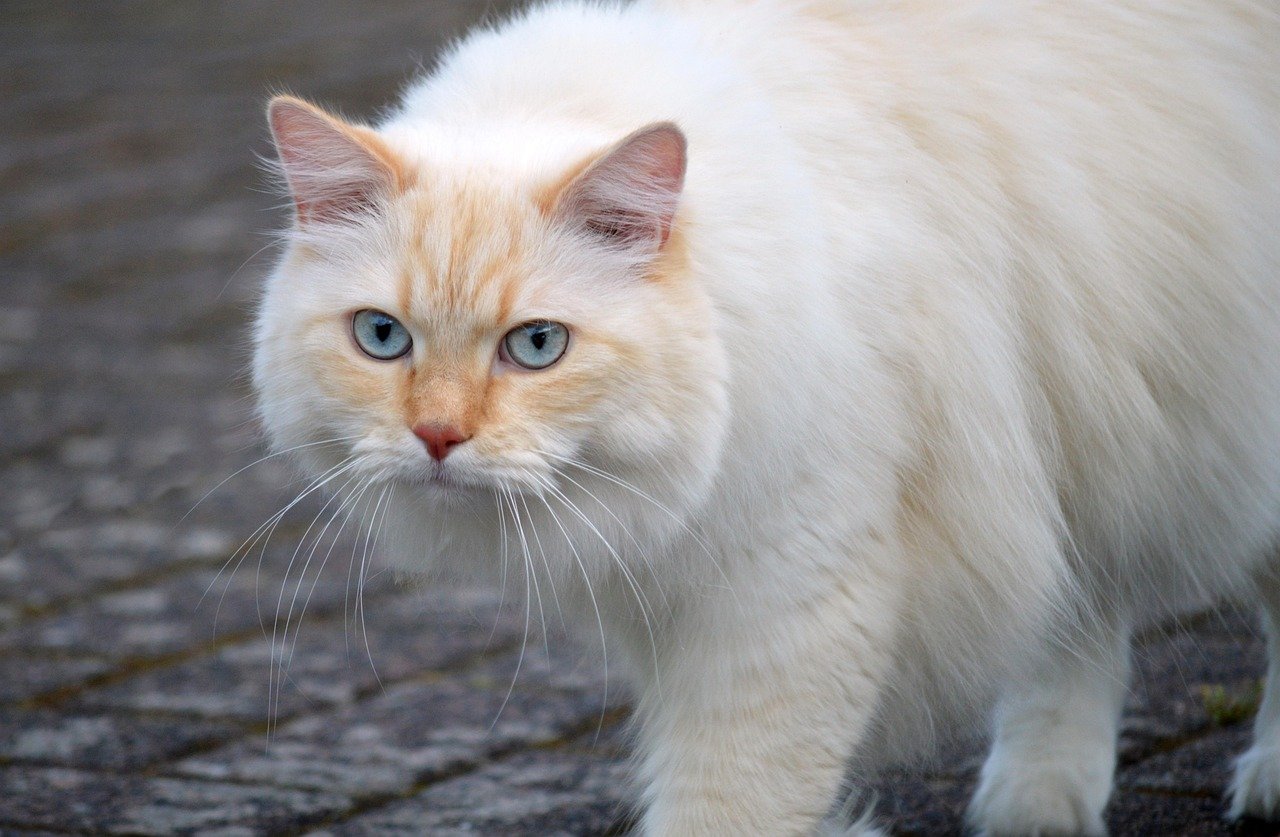
Cats may have a reputation for being standoffish, but many crave attention just as much as dogs do. If your cat follows you, it’s often a sign they want to interact, play, or simply share a gentle moment. They might nudge you, meow, or purr when you stop moving, hoping you’ll give them a scratch behind the ears or a few kind words. This behavior can be especially strong in cats that feel lonely or want reassurance. By staying close, your cat is subtly reminding you not to forget about them, even if you’re just heading to the next room.
Hunger or Thirst

One of the most practical reasons your cat follows you everywhere is the hope that you’ll feed them. Cats quickly learn who controls the food supply, and they’re not shy about reminding you when it’s mealtime. If you notice your cat sticking to you more often around the kitchen or at certain times of day, they might be dropping a hint. The sound of a can opener or the rustle of a treat bag can send them racing after you, eyes wide with anticipation. It’s their way of making sure you don’t “forget” the most important part of their day.
Routine and Predictability
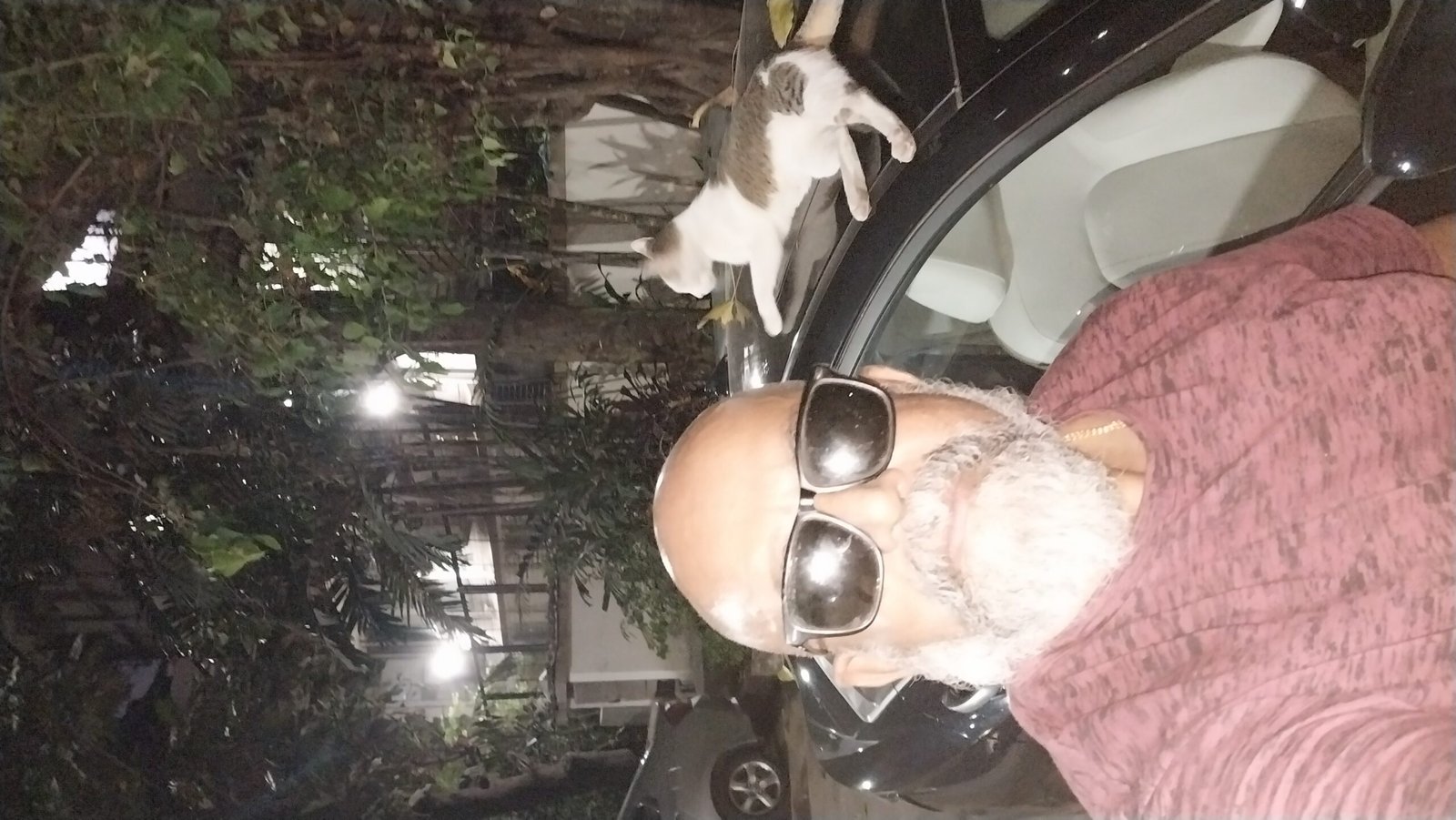
Cats are creatures of habit who find comfort in routine. Your daily movements and schedules become familiar patterns in their world. When you move from one room to another at the same time each day, your cat follows because it’s part of their routine too. This predictability helps them feel secure and reduces anxiety. For example, if you always go to the living room to relax after dinner, your cat knows to expect cuddles or playtime there. By following you, they’re maintaining the comforting structure of their day.
Territory Monitoring
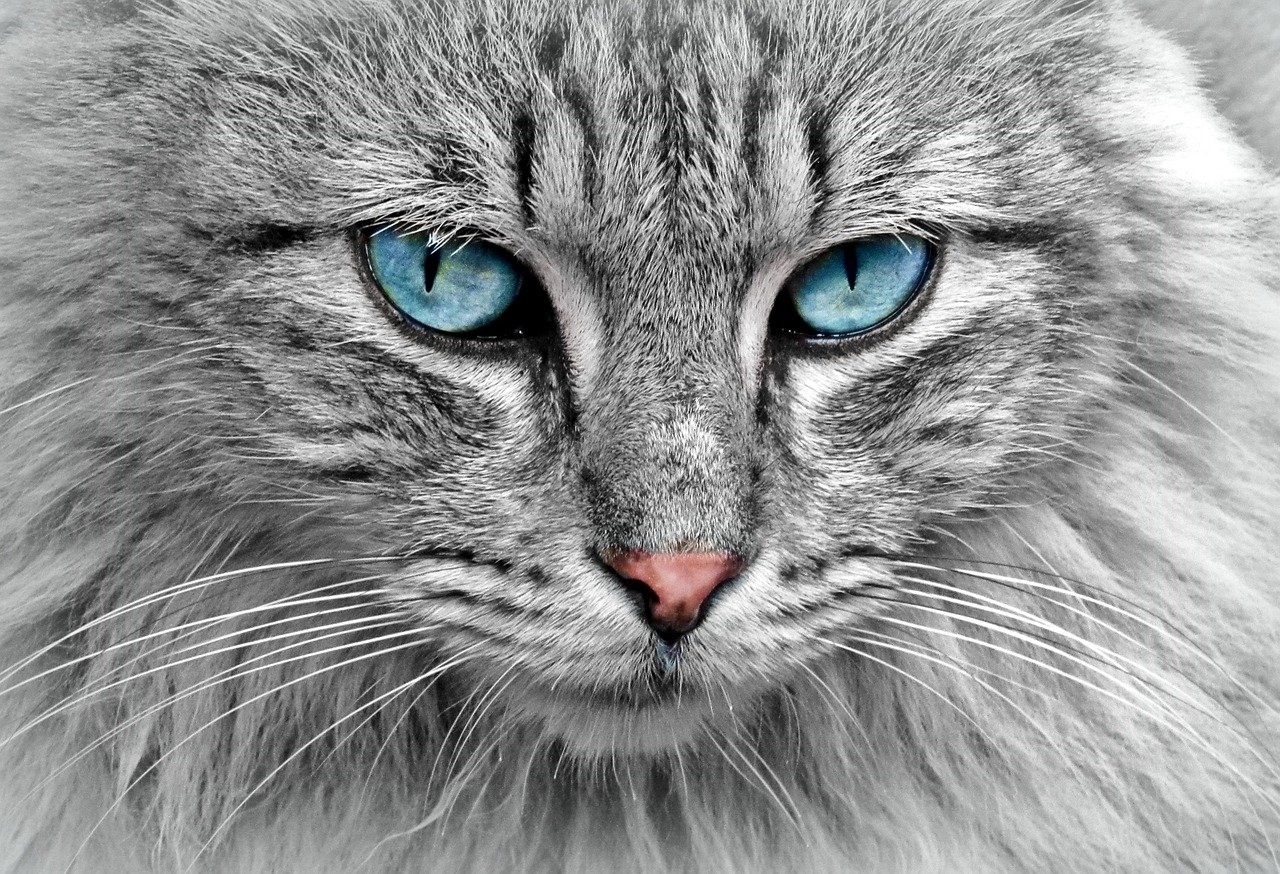
In the wild, cats are territorial animals who patrol their space to ensure everything is safe. Your home is their kingdom, and you are their co-ruler. When you move from room to room, your cat might be “inspecting” the area with you to make sure there are no intruders or changes to their environment. This behavior is especially common in multi-pet households, where cats want to keep tabs on everyone. By tagging along, your cat is both protecting their territory and staying part of the action.
Playful Instincts
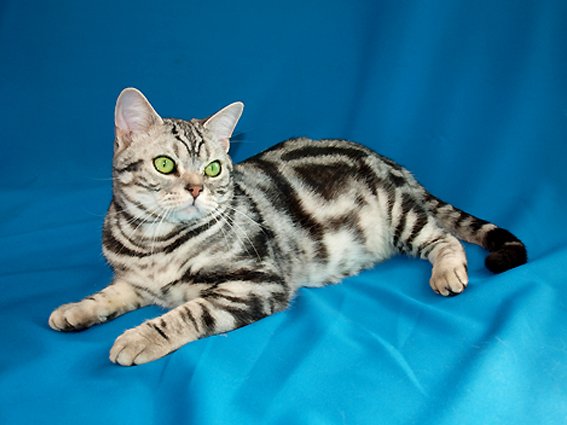
Underneath that calm, cool exterior, every house cat is a playful kitten at heart. Movement triggers their hunting instincts, and your walking around is an irresistible invitation to play. You might notice your cat darting ahead to hide behind doors, pouncing on your feet, or swatting at your ankles. These playful antics are a throwback to their wild ancestors, who learned to stalk and chase for survival. Even if your cat is just following you quietly, they’re always on the lookout for a chance to turn the hallway into their personal playground.
Separation Anxiety

Some cats experience separation anxiety, especially if they are deeply attached to their human. They might follow you everywhere out of fear of being left alone. Signs of separation anxiety include excessive meowing, destructive behavior, or becoming anxious when you leave the room. These cats need extra reassurance and comfort to feel secure. Following you from room to room is their way of coping with their worries. If your cat seems particularly clingy, it might be worth offering them more attention or providing comforting toys and safe spaces.
Imitating Your Behavior

Believe it or not, cats can be excellent mimics. Over time, they learn to copy some of your habits and routines. If you always check the windows, your cat might start doing the same. When you move to a new room, they tag along, trying to stay involved in whatever you’re doing. This imitation strengthens your bond and helps your cat feel included in your daily life. It’s a subtle way for them to say, “I’m part of the team!” Even though they have their own unique personalities, cats love to fit in with their favorite humans.
Feeling Bored
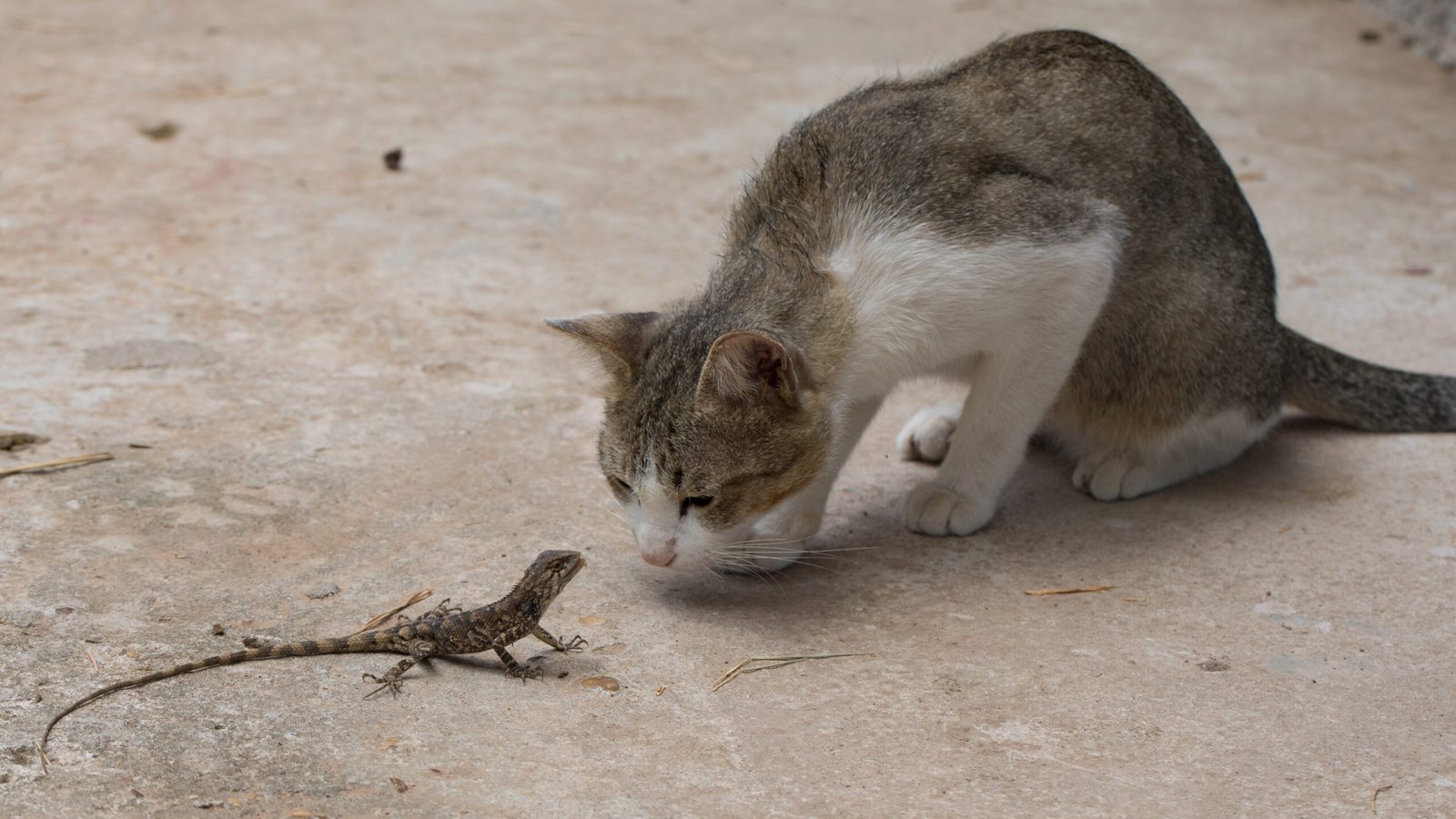
Cats are smart, energetic animals who need mental stimulation to stay happy. If your cat is following you everywhere, it could be a sign they’re bored and looking for something to do. They might hope that you’ll start a game, open a new door, or provide a different environment to explore. Without enough things to keep them entertained, cats will seek out the most interesting thing in the house—you! To help with this, you can try rotating toys, setting up window perches, or introducing puzzle feeders to keep your cat’s mind busy.
Protective Instincts
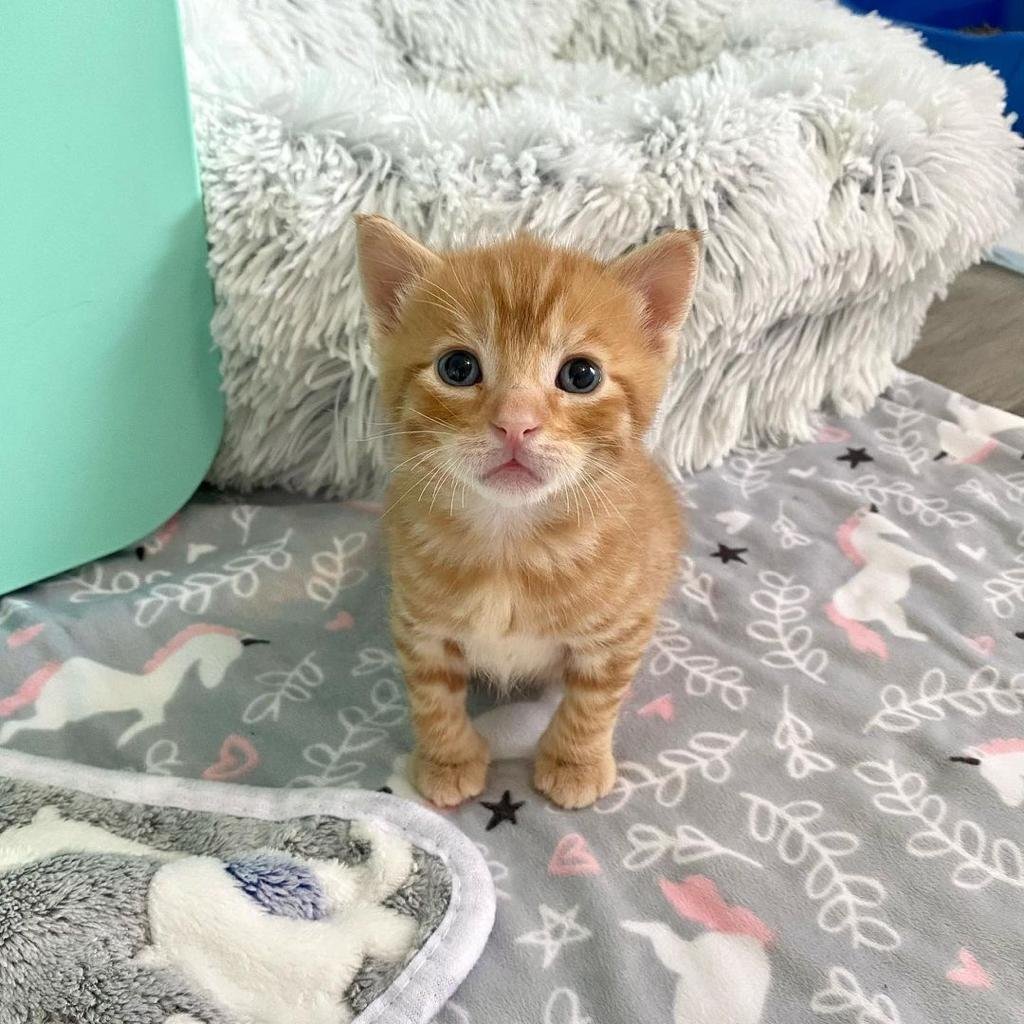
While cats aren’t usually known for their protective nature like dogs, some felines do act as tiny guardians. They might be following you because they see you as vulnerable or in need of watching over. This is especially true for cats who have a strong maternal instinct, even if they’ve never had kittens. You may notice your cat hovering when you’re sick, upset, or even just using the bathroom (privacy is not a cat’s strong suit!). It’s their way of making sure you’re okay and showing they care in their own quiet way.
Change in Environment
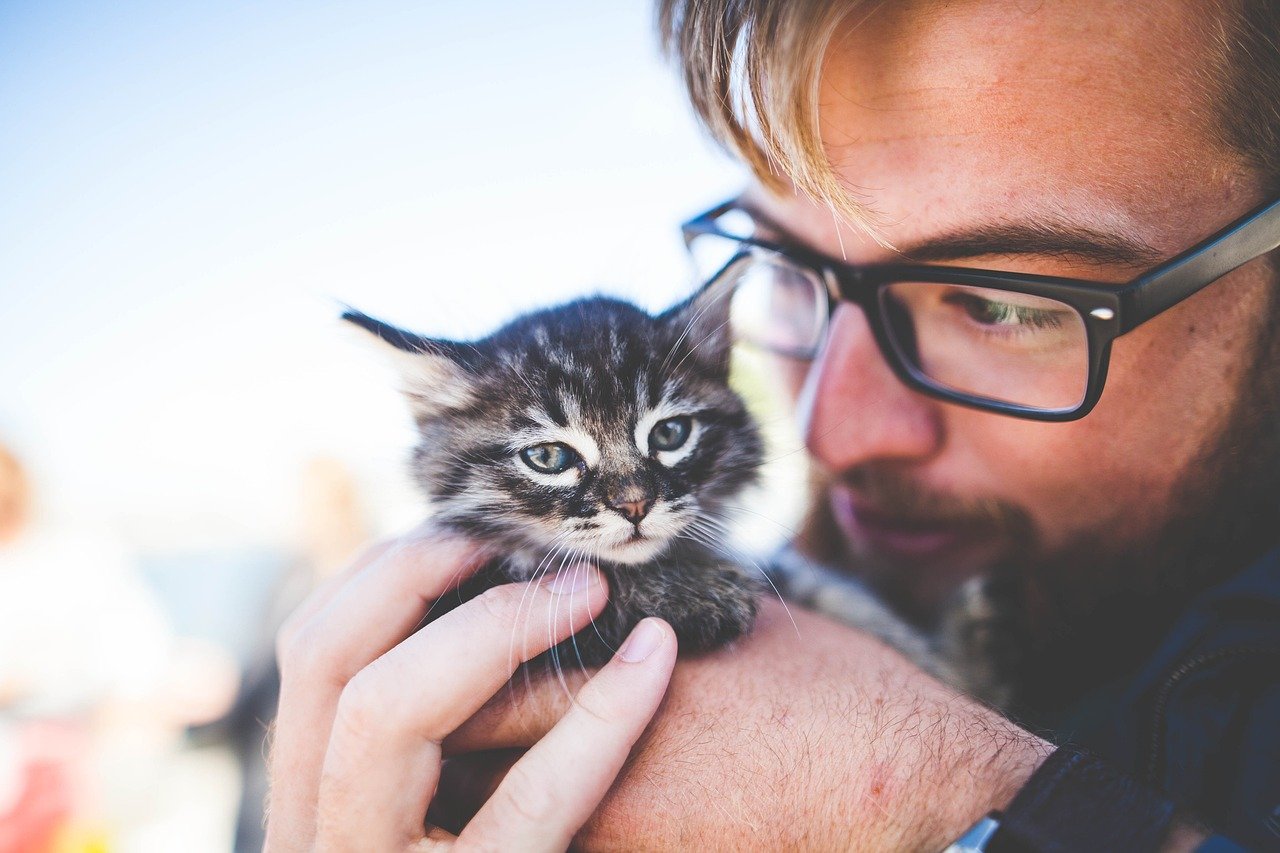
Cats are sensitive to changes in their surroundings. If you’ve recently moved furniture, brought home new pets, or had visitors, your cat might feel unsettled. In these situations, they often stick close to their human for reassurance. By following you, your cat finds comfort in your presence and feels safer navigating the new environment. This behavior usually subsides once the cat feels more secure or the changes become a normal part of their routine. Until then, expect a furry shadow wherever you go.
Looking for a Safe Space

For many cats, their human represents safety and stability. If something startles your cat—a loud noise, a thunderstorm, or even a vacuum cleaner—they’re likely to seek you out. Following you from room to room is their way of staying close to their security blanket. Your presence helps calm their nerves and gives them the confidence to face whatever is making them anxious. This is especially common in shy or timid cats, who may rely on you to help them feel brave in a big, noisy world.
Medical Reasons

Occasionally, changes in your cat’s behavior can signal health issues. If your cat suddenly becomes much clingier than usual, it might be a sign they’re not feeling well. Cats are experts at hiding pain or illness, but seeking more attention is sometimes a subtle call for help. If you notice other symptoms like loss of appetite, lethargy, or changes in litter box habits, it’s a good idea to consult your veterinarian. Your cat’s shadowing could be their way of asking for comfort or trying to communicate their discomfort.
Expecting a Reward

Cats are quick learners when it comes to positive reinforcement. If following you has earned them extra treats, playtime, or cuddles in the past, they’ll keep doing it. They remember every snack, every scratch, and every soft blanket you’ve shared, and they’re hoping for more. This behavior is especially common in households where cats are rewarded for being nearby or for certain actions. So next time your cat is trailing you down the hall, they might just be hoping you’ll reward their devotion with a tasty treat or a new toy.
Wanting to Communicate
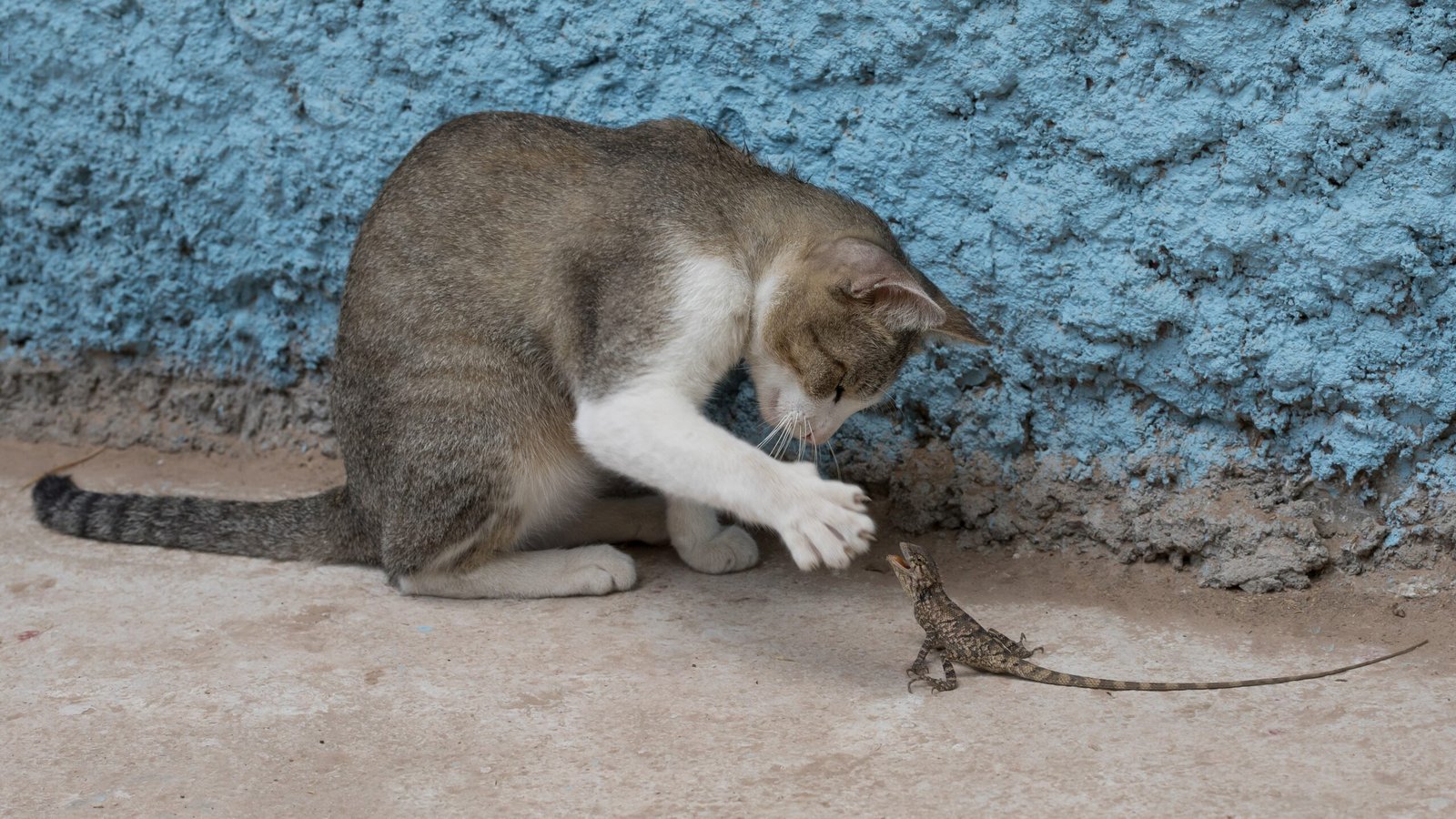
Cats have a whole silent language made up of body gestures, tail flicks, and soft meows. By following you, they’re trying to get your attention and tell you something important. Maybe their water bowl is empty, or they want their favorite window opened. Some cats will even lead you to what they want, stopping and looking back to make sure you’re following. This is their own special way of saying, “Hey, I need something—come see!” Learning to understand these cues can deepen your relationship and make life more harmonious for both of you.
Habit Formed in Kittenhood
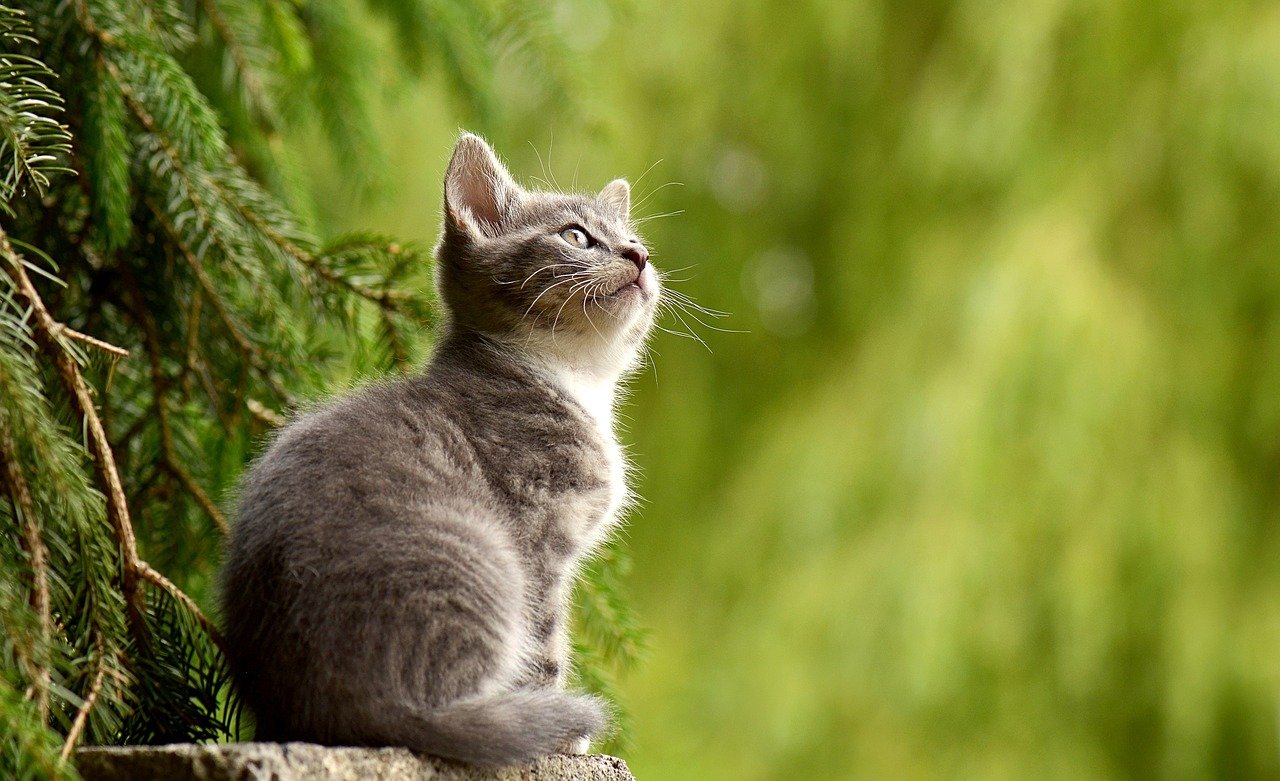
Kittens naturally follow their mothers everywhere, learning about the world and staying safe. For many cats, this behavior doesn’t disappear with age—it just shifts focus to their human caregiver. If you adopted your cat when they were young, they might see you as a surrogate parent. That early bond forms the foundation for their “follow-the-leader” habit. It’s a sign of trust and affection, rooted deep in their kitten instincts. This lifelong attachment is a sweet reminder that, no matter how grown up they seem, your cat will always be your baby at heart.
Reacting to Your Mood
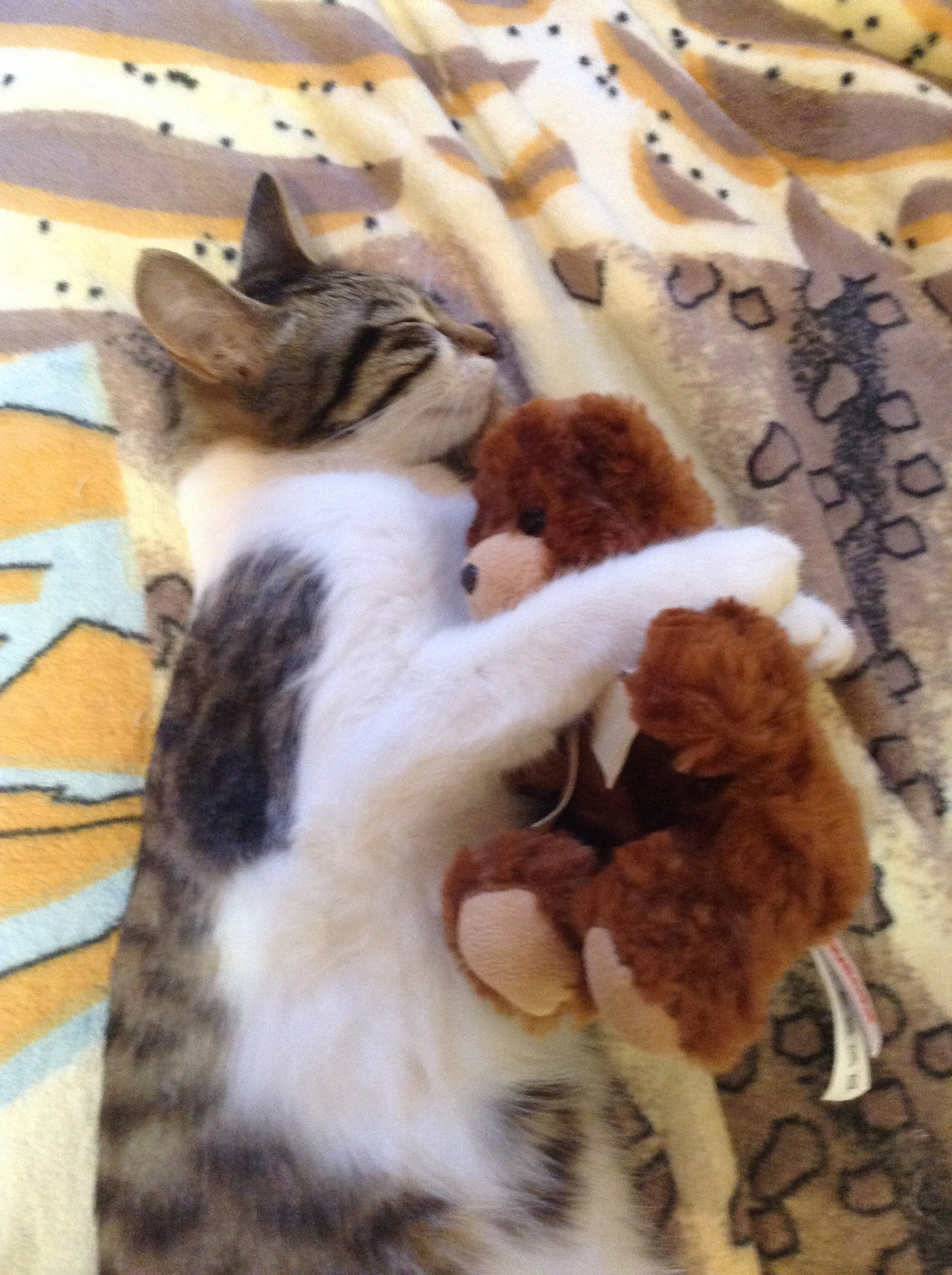
Cats are surprisingly tuned into human emotions. They can sense when you’re happy, sad, stressed, or excited, and often adjust their behavior accordingly. If you’re having a rough day, your cat might stick closer than usual, offering comfort with their presence. On the flip side, if you’re excited or energetic, they might follow you in hopes of joining the fun. This emotional sensitivity is one of the most mysterious and beautiful aspects of the human-cat relationship. Your cat’s silent support is their way of saying, “I’m here for you, no matter what.”
They Simply Love You

At the end of the day, the simplest explanation is sometimes the truest: your cat follows you because they genuinely love you. All the quirks, routines, and odd behaviors boil down to a deep bond. Whether they’re rubbing against your legs, curling up at your feet, or quietly watching from the doorway, your cat is expressing their affection in their own unique way. This devotion might look different from what you’d expect from a dog or a human, but it’s just as real. The next time you feel those soft paws padding after you, remember: you’re your cat’s favorite person in the whole world.
Hi, I’m Bola, a passionate writer and creative strategist with a knack for crafting compelling content that educates, inspires, and connects. Over the years, I’ve honed my skills across various writing fields, including content creation, copywriting, online course development, and video scriptwriting.
When I’m not at my desk, you’ll find me exploring new ideas, reading books, or brainstorming creative ways to solve challenges. I believe that words have the power to transform, and I’m here to help you leverage that power for success.
Thanks for stopping by, Keep coming to this website to checkout new articles form me. You’d always love it!






